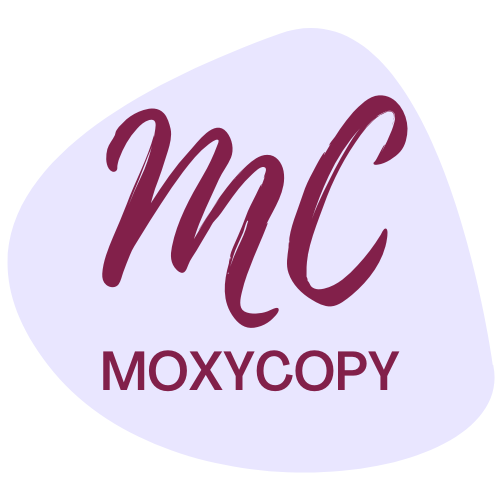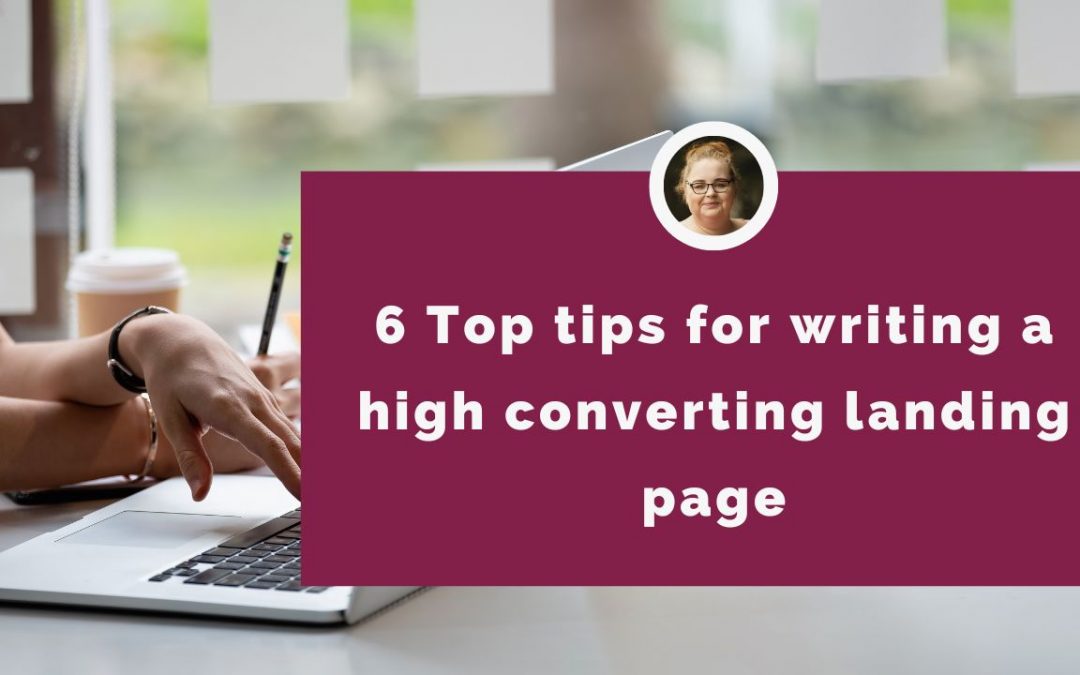Before we get into how to write a high converting landing page, it’s probably a good idea to make sure we are all on the same page (no pun intended) about what a landing page is.
In online marketing, a landing page aims to turn visitors into customers or leads. It’s typically a stand-alone web page with no navigation menus and is often reached via email marketing, social media posts, paid ads or blogs.
If you’ve ever bought something from Facebook or signed up for a free download or challenge, you have most likely visited a landing page. You can see an example of my freebie landing page here.
Depending on what you are selling or giving away, the length of the landing page changes. For example, landing pages can be pretty short for freebies and low-ticket offers or products. However, high-ticket offers, or products might have a much longer landing page as people often need more information and social proof to decide on expensive purchases.
Your landing page is often the deciding factor in whether someone will give you their email address in return for a freebie, buy your product or engage with your service. Hence, it’s super-important that you can write the most compelling copy to keep converting visitors into buyers or subscribers.
So, let’s have a look at how we do that…
Perfect your messaging
Perfecting your messaging or USP (unique selling proposition) will give your landing page punch.
People have much lower attention spans than previously, so if they click on your page and don’t instantly know whether your product or service is for them and solves their problem, they probably won’t hang around too long to find out.
If you can structure your USP into 1 or 2 sentences, it makes a great headline at the top of your page. Here are a few examples:
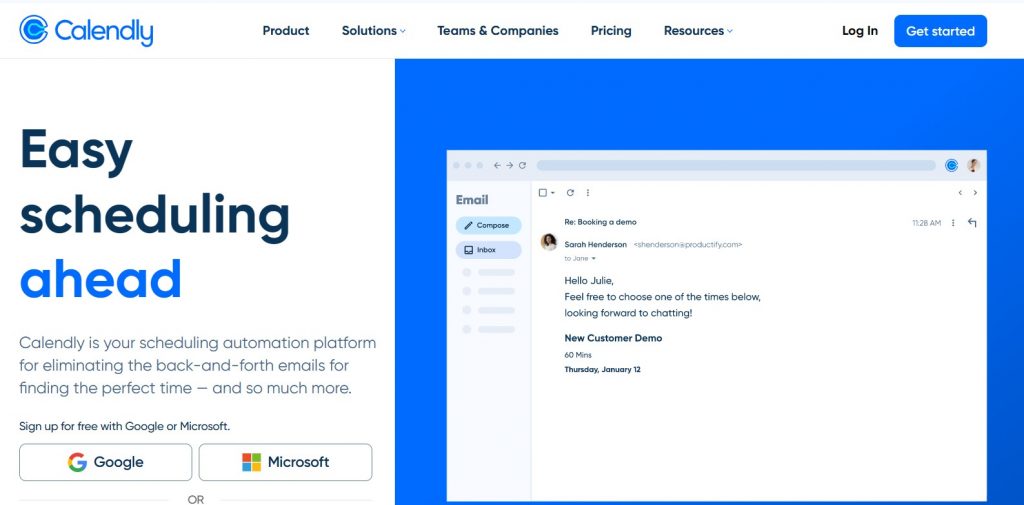
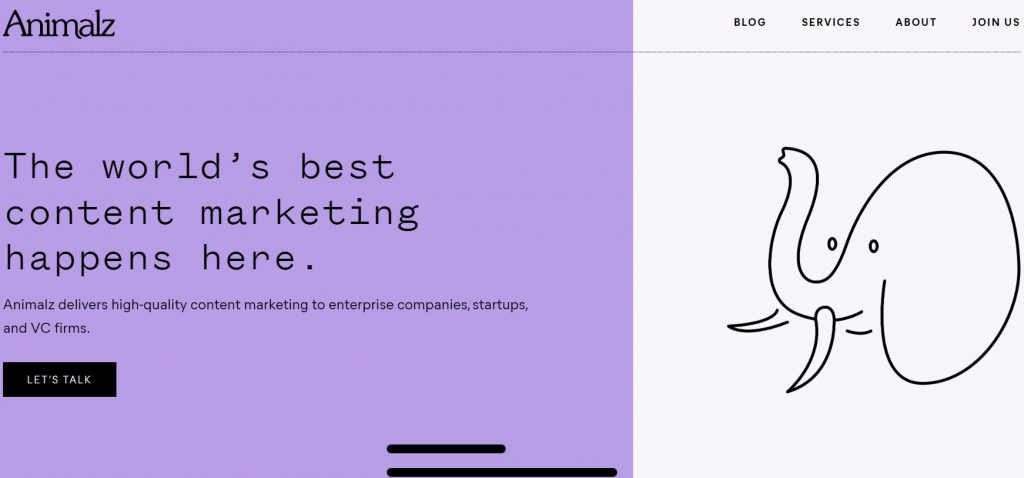
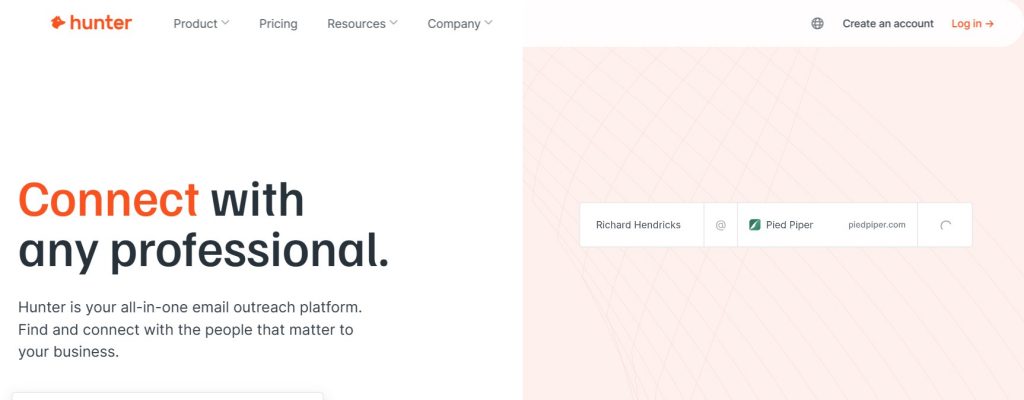
Now, whilst these are home pages rather than landing pages, the principle is the same. When you land on their page, you quickly know what they do and who they do it for. You can easily decide if it’s something that will solve your problem or not.
PRO TIP: throughout your landing page, don’t forget to make it about your potential customer or client. Make them the hero of your product or service rather than talking about yourself or your business. Don’t forget, your visitors are there because they want to know what’s in it for them. How does your product or service solve their problem or enhance their lives? It sounds harsh, but they aren’t concerned about where you grew up and which uni you went to.
Say goodbye to fluff
As I said previously, there is no correct landing page length. It all depends on the purpose. However, don’t use unnecessary filler to bulk it up.
It may help to remember the 4 Cs of copywriting:
Clear: Your copy must be understood by everyone. Ideally, a ten-year-old should be able to read your copy even if they don’t understand the context. You can do this by using smaller words, short sentences, short paragraphs, headers and bullet points.
Concise: This is getting the information across in the fewest possible words.
Compelling: It’s essential your copy is interesting to read. Otherwise, people will quickly switch off. How do you do this? Focus on the reader and their needs, problems, wants and desires. Don’t just talk about yourself.
Credible: Finally, your copy should be credible. On a landing page, use customer testimonials or even short case studies. These content types can still communicate key messages while making your potential client or customer feel more comfortable about buying.
Here are some examples of making your copy as concise as possible:
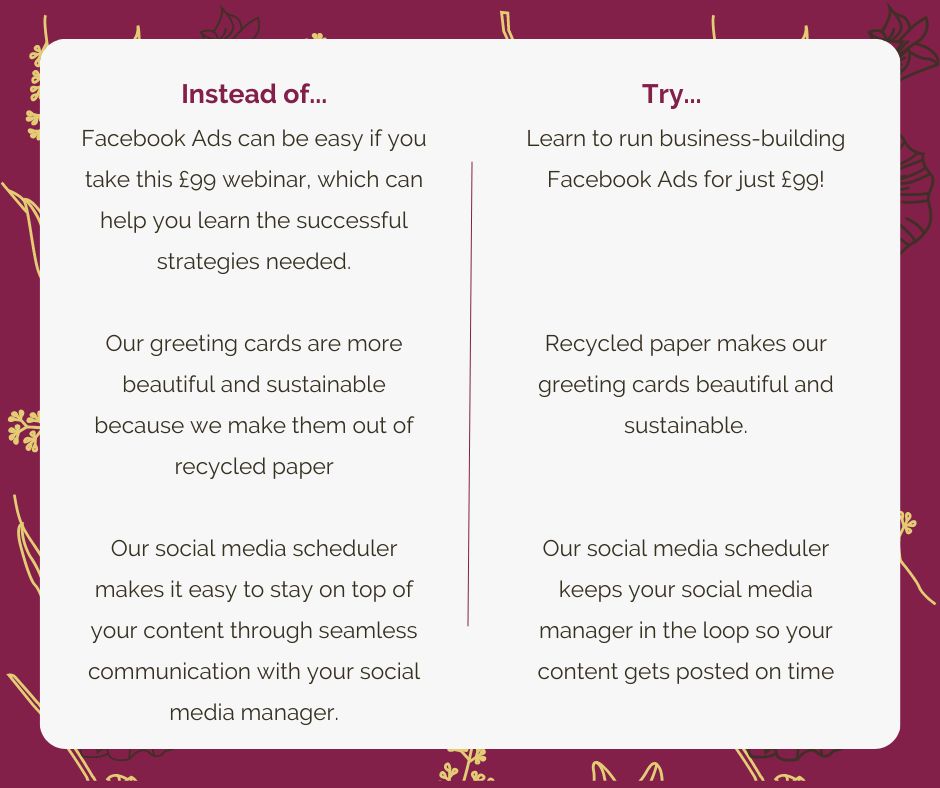
Don’t be afraid of a long landing page
It’s important to remember there are different buying personalities in this world.
Some people make decisions very quickly, others need a lot of information before making a decision, and you want your landing page to appeal to every buying personality.
Now, I’m not going to go into too much detail here as it’s an article all on its own (you can find that here.)
However, here’s a quick run down and a brief description of how to appeal to them.
REDs – red buyers are very quick decision-makers, so ensure you have a headline that clearly says what you do, who you do it for and how your product or service helps. Have a button near the top where they can click to buy almost immediately.
BLUEs – blue buyers often buy with their hearts rather than their heads, so include an image at the top of the page to help build that connection (possibly something with hands, if relevant, as apparently, that helps build trust).
YELLOWs – yellow buyers love to have fun, so have some puns or humour sprinkled throughout your copy. Especially great if the image you use at the top of your page is quite a fun-loving pic.
GREENs – and last but not least, green buyers need A LOT of detail before they make a purchase. This is why you often need a long landing page, as they want aalllll the information. Even if you think you’ve given too much information, you’ll likely get a message asking for more details – this will be a green buyer.
What colour buyer are you, or are you a mix? I’d love to know!
Backup what you promise
Using social proof is so important on a landing page. These can be testimonials, reviews or short case studies.
Ask permission from the person who provided the feedback if you can use their name/occupation etc., as this gives more credibility to the words.
It’s a good idea to add social proof after every button on your landing page that encourages people to sign up or buy. This helps as when hovering over that button, they can clearly see how much people have loved your product or service.
There’s no hard and fast rule about how much social proof to use; however, ensure it’s relevant to the product or service you are selling now and remember quality is better than quantity.
Speak in a language your visitor understands
This is important no matter what you’re writing, but even more so on a landing page.
To have your copy resonate with your visitor and make them say, “Oh, that’s my exact issue; how do I solve this?” you have to use the words your visitor is using.
Don’t write for yourself or your colleagues, and PLEASE, PLEASE, PLEASE don’t write for Google or any other search engine. Your landing page is all about your visitor, and they’re the only person you should be writing for.
If you’re unsure about the words your customer uses to talk about the problems they are having. Here are some ideas:
- Reviews – go to Amazon and find books related to your niche. Now look at the reviews and note how people describe their problems and the types of solutions they were looking for. PRO TIP: Try to check out the 3* reviews, as these tend to be more helpful than either end of the scale.
- Answer The Public – an excellent search listening tool that provides massive data about what is currently being searched for and the language used.
- Google – have you noticed when you Google something, you get a “people also searched for” box? This can be a great way of finding out what people have been searching for and the words they use when searching.
A/B Test your copy
When writing a landing page, knowing what will lead to the highest conversion rate is impossible. That’s why it’s essential to A/B test your copy.
Every business is different, so while you can start by following the best practices above, there aren’t hard and fast rules on what will work.
It’s more important to test different variants, especially regarding headlines, landing page length, calls to action (CTA’s), and even colour schemes, to see how it affects conversions.
Brad Shorr, Director of Content & Social Media for Straight North, has found that small changes in wording can dramatically increase conversions.
Brad A/B tested these calls to action:
- A. Get $10 off the first purchase. Book online now!
- B. Get an additional $10 off. Book online now.
He was surprised to find that the click-through rate doubled with option B.
Conclusion
Like anything, writing great copy is a skill that needs to be practised; however, once you learn how to do it well, it’s a game-changer for your business.
If you take one thing away from this article, please let it be that you must keep your writing clear, concise, compelling and credible. Once you use these 4 C’s on your landing page, your visitors can quickly understand what you’re offering, and they’ll be able to assess whether it’s right for them.
As a Virtual Marketing Assistant specialising in content and copywriting, helping businesses attract and nurture their ideal clients to grow their sales lights me up. Drop me a message today if you need help identifying your perfect client, perfecting your messaging, or marketing your services.
You can also download my FREE guide to make SEO Easy, a handy desktop guide packed with quick and easy tips to get your business found online.
Or
If you’re stuck with where to start with your social media or blogs, I send a FREE email every Sunday with 7 content ideas for the week ahead to help you get those creative juices flowing. You can sign up here.
